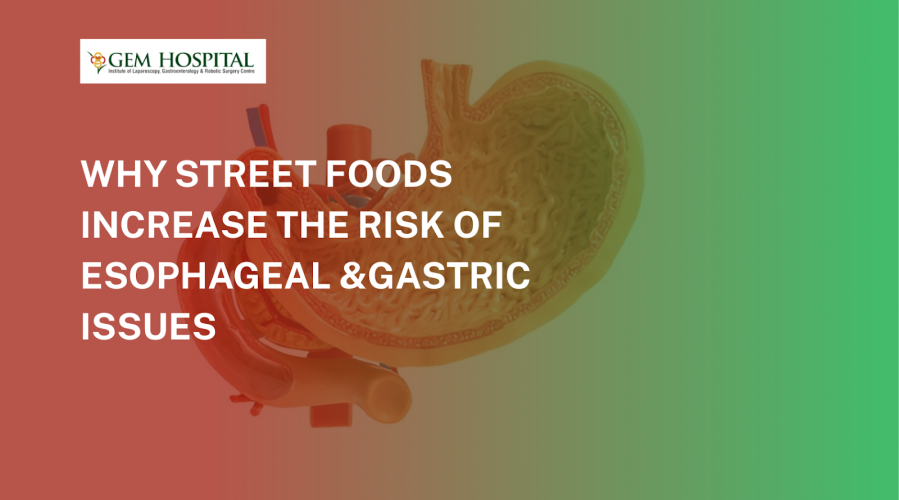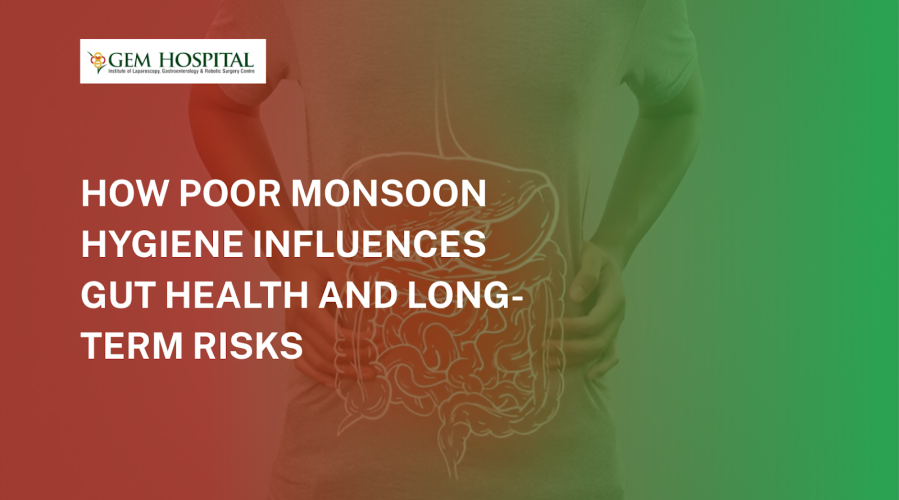Learn why street foods can increase the risk of esophageal and gastric issues. Understand contamination, hygiene lapses, and safety tips to protect your digestive health.
Life After Whipple Surgery: Patient Tips for Recovery

Undergoing Whipple surgery (also known as pancreaticoduodenectomy) is a major milestone in the journey to overcome pancreatic or other gastrointestinal cancers. But the recovery phase that follows is equally important; it determines how well and how fast a patient returns to normal life.
At GEM Hospital, we believe recovery is not just physical, but also emotional and nutritional. Here, we’ll share practical Whipple surgery recovery tips that can help patients and caregivers better manage life post-surgery.
Understanding the Whipple Procedure
Whipple surgery involves the removal of the head of the pancreas, a portion of the bile duct, the gallbladder, and the duodenum. In some cases, part of the stomach is also removed. It’s a complex procedure usually done to treat pancreatic cancer, but also for tumors in the bile duct or small intestine.
Since the procedure alters digestion and the way your body processes nutrients, recovery needs close monitoring and a tailored approach.
What to Expect After Whipple Surgery
The recovery period typically spans several weeks to a few months. During this time, patients may experience:
- Fatigue and weakness
- Changes in digestion
- Temporary difficulty eating full meals
- Weight loss
- Emotional ups and downs
Every patient’s journey is unique, so staying in close touch with your medical team is crucial.
Whipple Surgery Recovery Tips
Here are some expert-backed tips to support your healing process:
1. Follow a Small, Frequent Meal Plan
After Whipple surgery, your stomach and pancreas may take time to adapt. Eat 5-6 small meals throughout the day to ease digestion and avoid discomfort.
2. Stay Hydrated
Drink plenty of fluids throughout the day but not during meals to prevent early fullness and support nutrient absorption.
3. Take Prescribed Enzyme Supplements
Your doctor may recommend pancreatic enzyme supplements to help digest fats and proteins effectively.
4. Keep Moving Gently
Start with short walks and gradually increase your activity level. Gentle movement helps prevent blood clots and boosts recovery.
5. Track Symptoms and Nutrition
Maintain a recovery journal. Note your food intake, bowel movements, energy levels, and any discomfort. This helps your doctor make necessary adjustments.
6. Seek Emotional Support
It's normal to feel low or anxious. Talk to a counselor or join a support group to share experiences and stay motivated.
When to Call Your Doctor
Contact your healthcare provider immediately if you notice:
- Persistent nausea or vomiting
- Fever or chills
- Difficulty eating or excessive weight loss
- Unusual swelling, redness, or pain around the incision site
Your Healing Journey Matters
Recovering from Whipple surgery takes time, patience, and the right medical guidance. By following these Whipple surgery recovery tips, you can significantly improve your post-operative experience and overall outcome.
Key Takeaways:
- Eat small and frequent meals
- Stay hydrated and take enzyme supplements as prescribed
- Include gentle physical activity
- Keep track of your progress
- Prioritize mental well-being
At GEM Hospital, we offer personalized post-surgery care plans to ensure every patient recovers safely and comfortably. If you or a loved one is preparing for or recovering from Whipple surgery, book an appointment with our specialists to receive expert support every step of the way.
Blogs & Article
Learn how to protect your colon during the monsoon by avoiding contaminated food and water. Get essential hygiene, diet, and safety tips to prevent infections.
Discover how poor monsoon hygiene increases gut infections, weakens digestion, and leads to long-term health risks. Learn prevention tips for a healthier monsoon.


